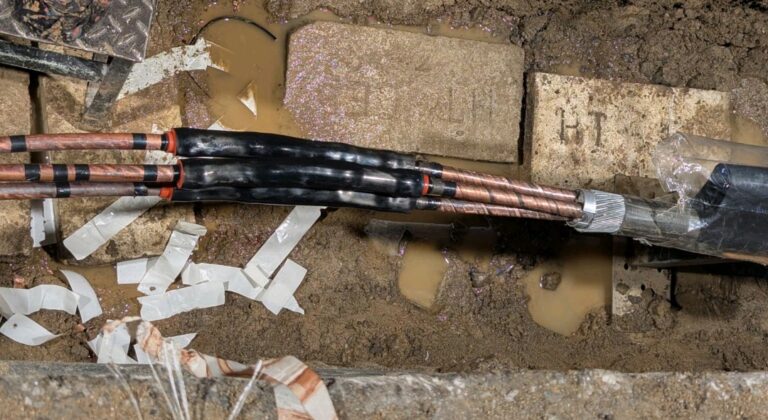Basic principle of motor working :-
between the motor magnetic an electro magnetic force will experience a force. from both ends. these forces creates a torque to rotate coil. the current carrying wire is bent into the elope then the two side of the loop which are at right angles to the magnetic field will experience forces in opposite directions. motors will have multiple of these loops on an armature to provide more uniform torque and the magnetic field is produced by an electromagnetic arrangement called the field coils.
Construction of 3 phase motor:-
3 phase induction motor consists of two parts :- Stator and motor
They can be classified according to rotor type :- Slip ring ( Wound rotor) | Squirrel cage (bar windings)
How to read the nameplate :-
Motor rating | Motor supply | Motor connection | Motor frame and size | Motor rpm | Permissible Temperature rise | Motor Duty | Enclosure type | Number of poles
What is motor insulation :- Depending on the load and the its surrounding conditions there could be a rise in temperature of the motor. the insulation should withstand such temperature rises also. the main characteristics of insulating materials used electrical motors are ; 1. Dielectric strength 2. Thermal strength
Depending on the material used to insulation it is classified as below :-
- Class A :- cotton silk and similar organic material T max = 105’c
- Class B :- mica, asbestos, glass , fiber, T max= 130’c
- Class E :- an intermidiate class between A and B
- Class F :- Same as B but silicone is added T max= 155’c
- Class H :- Same as F but insulator is reinforced T max = 180
Slip :- if there is no slip induced emf in the rotor and the developed torque is zero.
Ns :- Stator rotating field
Nr:- rotor winding speeds relative to stator wining
Ns-Nr = speed of rotor winding relative to stator flux
Slip (S) = (Ns-Nr)/Ns
Factors influence motor efficiency :-
Age :- with to time goes by and with running hours motor tend to loose the initial values
Type :- as an example squirrel cage motors are normally more efficient than slip rng motors
Temperature :- totally enclosed fan cooled TEFC motors are more efficient then screen protected drip proof (SPDP) motors
Rewinding :- Can reduce efficiency of motors
Load:- make sure you connect motor with nominal load.
Causes of motor faults :-
- Internal
- Phase to ground Short circuit
- phase to phase short cicuit
- internal winding short circuit
- overheating of windings
- broken bar in squirrel cage motors
2.External faults
i. power supply
- power failure
- invereted or unblanced phase
- voltage surge
ii. opearating conditions
- overload states (mostly happening )
- excessive number of starting and breaking
- abnormal starting state
iii. installation conditions
- misalighmnet
- unbalance
- stress on shaft
Measurements which can be done for a motor to prevent faults :-
- Temperature :- Thermo couple | thermistors to measure winding , bearing of motor
- Voltage and Current :- uning clamp meter , multi meter , CRO
- Insulation Resistance :- Megger
- Winding resistance :-Kelvin Bridge | Resistance meter | Wheatstone Bridge
- Vibrations :- Vibration meter
- Speed :- Stroposcope | Tachometer
- Dielectric loss Angle :- Tan -Delta Measurement
Motor Protection Functions :-
- Short circuit protection :- a. Fuses b. Circuit Breakers
- Overload Protection :- a. Overload Relays b. PTC thermal Probes
- Load break Switch :- used as emergency stop buttonn
- thermal Relay :- overload crates a large amount of current drawn by the load and leads to dangerous overheating . it is made out of 3 bimetal elements each being surrounded by a heating coil carrying its phase current.
